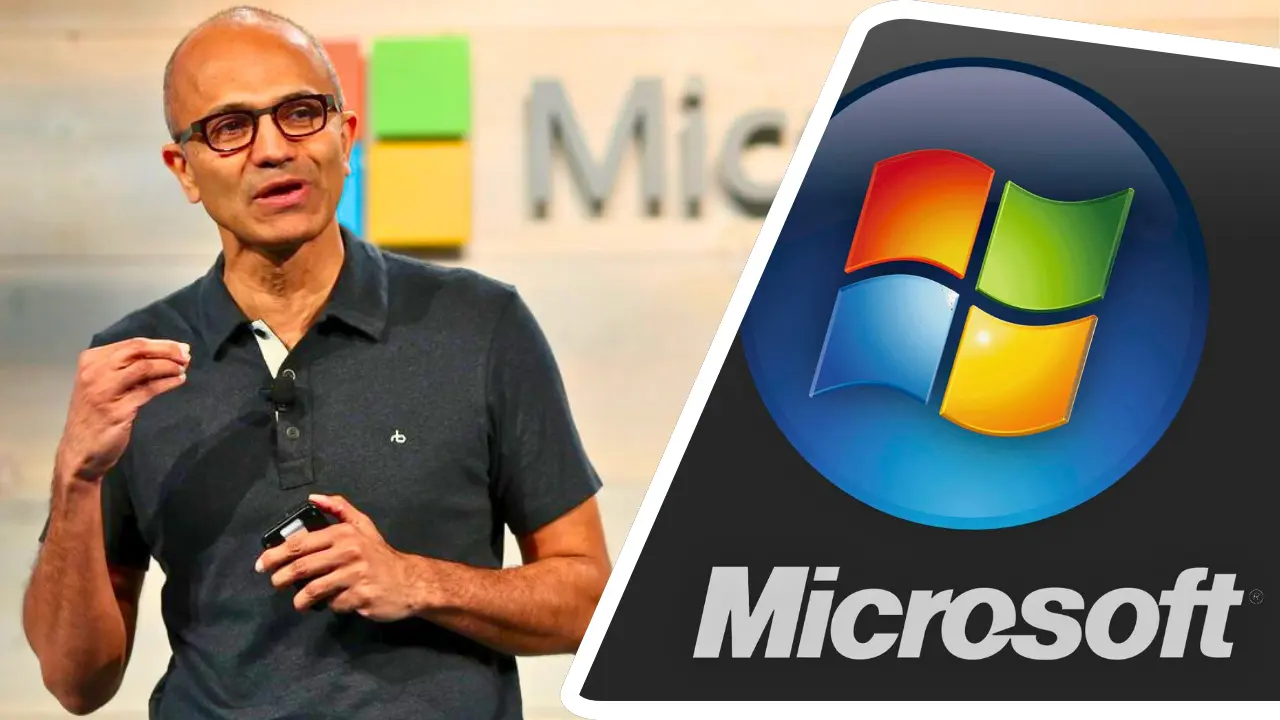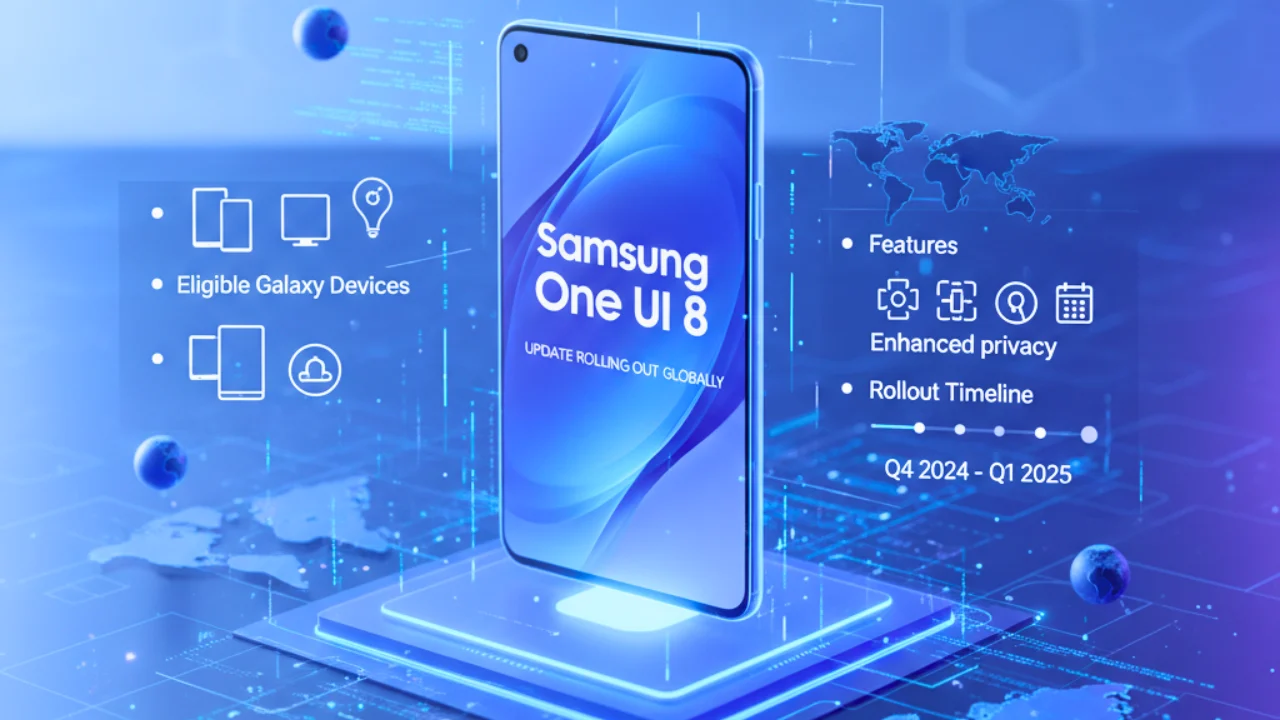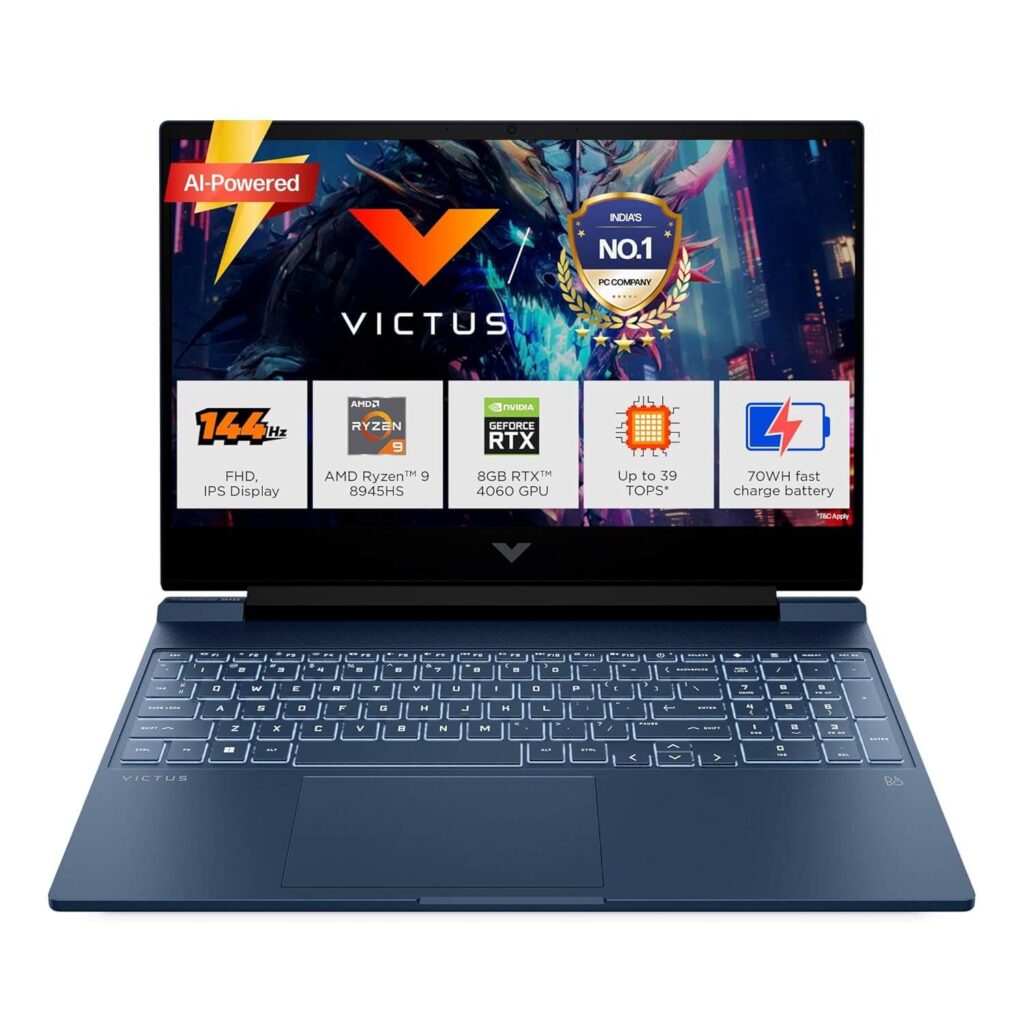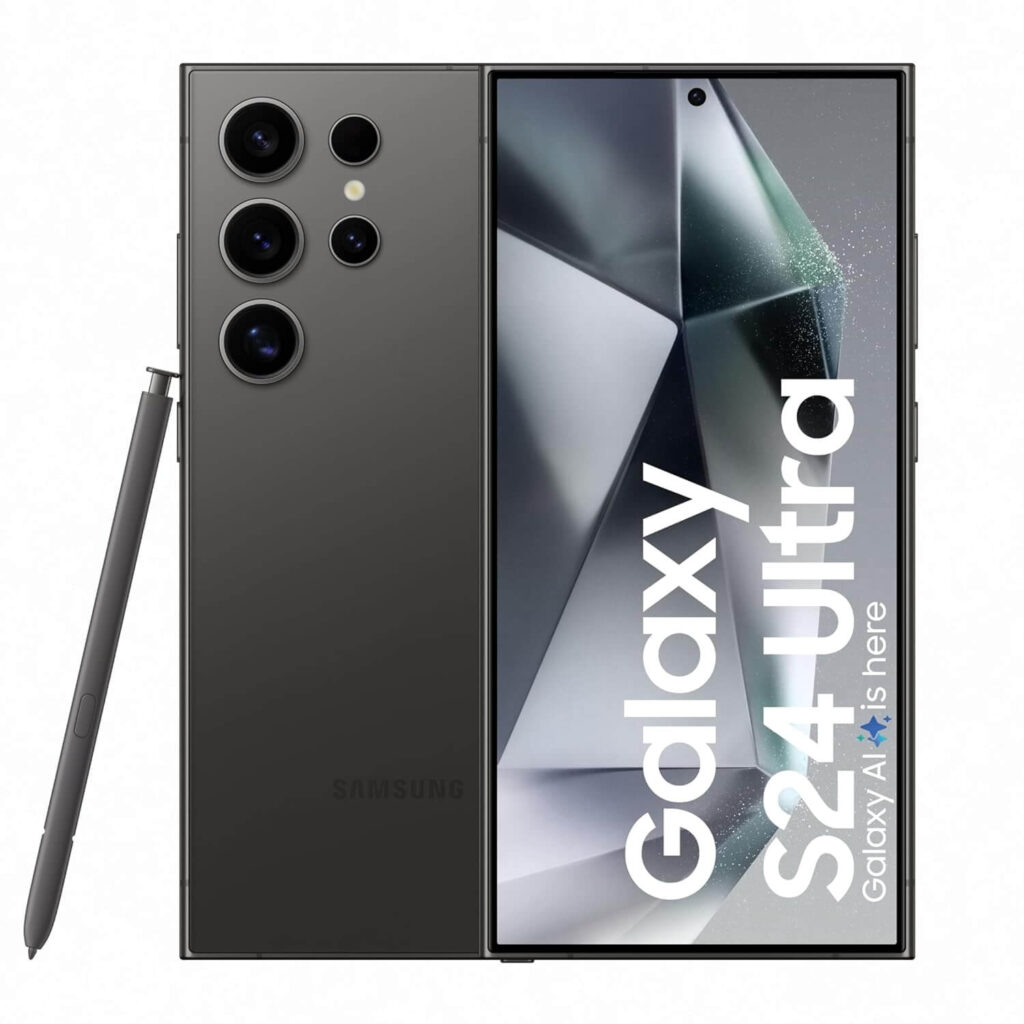When Satya Nadella took the helm as CEO of Microsoft in 2014, the company was widely seen as a tech giant struggling to adapt. The Windows-centric world was fading, and rivals dominated mobile and cloud computing. What followed was one of the most remarkable corporate turnarounds in history. Nadella didn’t just tweak the strategy; he fundamentally rebuilt the company’s culture, shifted its business focus, and reignited its spirit of innovation.
This post dives deep into the journey of Satya Nadella, from his humble beginnings in India to his current status as one of the world’s most influential technology leaders. We’ll explore his early life, the key moments of his career, the staggering achievements that cemented his legacy, his current net worth, and the latest strategic news driving Microsoft’s future, particularly in the realm of Artificial Intelligence (AI).
His story is a powerful testament to the value of empathy, continuous learning, and a clear, forward-looking vision in leadership.
Early Life and Educational Foundation
Born in Hyderabad, India, in 1967, Satya Nadella’s background laid the groundwork for his globally-minded leadership style. His father was an Indian Administrative Service (IAS) officer, instilling in him a sense of rigor and commitment.

His early passion, however, was cricket, which he credits with teaching him valuable lessons about teamwork and leadership—skills he would later apply to the corporate world.
A Global Academic Pursuit
Nadella’s academic path reflects his technical expertise and business acumen:
- B.Tech. in Electrical Engineering from Mangalore University (Manipal Institute of Technology), India (1988).
- M.S. in Computer Science from the University of Wisconsin–Milwaukee (1990).
- M.B.A. from the University of Chicago Booth School of Business (1997).
Before joining Microsoft in 1992, he briefly worked at Sun Microsystems, gaining early exposure to the high-stakes world of enterprise technology.
The Career Trajectory at Microsoft
Satya Nadella’s rise within Microsoft was characterized by successfully tackling some of the company’s most challenging and high-growth areas. He demonstrated an innate ability to pivot existing technologies toward the future.
Climbing the Ranks
- Leading the Business Division: Nadella was instrumental in guiding the Microsoft Business Division, overseeing products like Microsoft Office, which remained a vital cash cow.
- R&D for Online Services: A critical, albeit challenging, period where he headed research and development for the Online Services Division, focusing on search and internet strategy.
- The Cloud and Enterprise Pivot: This was his defining role before becoming CEO. As Executive Vice President of the Cloud and Enterprise group, he spearheaded the transformation of Microsoft’s server and tools business into the Intelligent Cloud powerhouse, Microsoft Azure. This strategic shift was a turning point for the entire corporation, positioning it for the next wave of computing.
Becoming CEO: The Refresh
In February 2014, Nadella became the third CEO of Microsoft, succeeding Steve Ballmer. He coined his philosophy as “Hit Refresh,” a concept later detailed in his book, which emphasized the need for personal reflection, renewal, and organizational change.
- He shifted the culture from one of internal competition to one of empathy and collaboration, prioritizing a growth mindset over a fixed one.
- He de-emphasitized the failing Windows-first strategy, embracing an “A mobile-first, cloud-first world,” and later an “intelligent cloud and intelligent edge” philosophy.
Key Achievements and Milestones
Nadella’s tenure is a case study in visionary leadership, marked by massive acquisitions, unprecedented market cap growth, and strategic dominance in key technology areas.
Also Read: The AI Revolution Just Got an Upgrade: Meet Claude Sonnet 4.5
The Financial Turnaround
Under Nadella’s leadership, Microsoft’s stock price has experienced a phenomenal surge, a testament to his successful strategic pivots. Since he took over, Microsoft’s share price has grown by over 900%, significantly outpacing the S&P 500 average over the same period (Source: Statista). This growth propelled Microsoft’s market capitalization to well over $3 trillion, making it one of the world’s most valuable companies.
Strategic Acquisitions
Nadella oversaw several landmark acquisitions that redefined Microsoft’s product portfolio:
- LinkedIn (2016): Acquired for $26 billion, this move expanded Microsoft’s reach into professional networking and talent solutions.
- GitHub (2018): A $7.5 billion acquisition that cemented Microsoft’s relationship with the developer community, a key stakeholder in the cloud era.
- Activision Blizzard (2023): The nearly $69 billion purchase, one of the largest in tech history, significantly boosted Microsoft’s gaming division (Xbox) and its metaverse ambitions.
Cultivating the Cloud and AI Dominance
His bold decision to invest heavily in Microsoft Azure turned it into the second-largest public cloud platform globally, competing fiercely with Amazon Web Services. Furthermore, his early and deep partnership with OpenAI—the creator of ChatGPT—has positioned Microsoft as the leading enterprise player in the generative AI revolution.
Satya Nadella’s Net Worth and Wealth
Satya Nadella’s net worth is primarily derived from his significant compensation packages, performance-based stock awards, and the long-term appreciation of Microsoft stock.
As of late 2025, his net worth is estimated to be approximately $1.1 to $1.4 billion. This wealth accumulation is directly tied to Microsoft’s success under his leadership.
His annual compensation consistently ranks him among the highest-paid CEOs globally. It’s important to note that a large portion of this wealth is held in Microsoft stock, aligning his financial success directly with shareholder value.
Latest News and AI Focus
The most recent headlines confirm that Nadella is doubling down on his AI strategy, signaling a profound shift in his day-to-day focus.
Restructuring for the AI Era
In a significant leadership reorganization announced in October 2025, Satya Nadella appointed a new CEO of Commercial Business, Judson Althoff. This move is explicitly designed to:
- Free up Nadella’s time to be “laser focused on our highest ambition technical work.”
- Prioritize key areas such as the massive data center build-out required for AI, systems architecture, AI science, and product innovation.
This highlights Nadella’s belief that the AI platform shift is a “tectonic” change requiring his full attention to maintain Microsoft’s competitive edge against rivals. His continuous push for AI integration, from Azure to the ubiquitous Microsoft 365 Copilot tools, demonstrates his commitment to infusing AI into every enterprise workflow.
A Legacy of Empathy and Innovation
Satya Nadella’s journey from Hyderabad to the helm of Microsoft is a compelling blueprint for modern corporate leadership. He inherited a giant that had lost its way and transformed it into a technology titan defined by a growth mindset, strategic clarity, and an early bet on the cloud and AI. His legacy is one not only of financial success but of a profound cultural shift—a leader who proved that empathy and a willingness to learn can be the most powerful tools in a CEO’s arsenal.
FAQs
Q1: What is Satya Nadella’s current primary focus at Microsoft?
A: His current primary focus is on Artificial Intelligence (AI) and the underlying infrastructure, particularly the massive data center build-out for the cloud platform, Azure, and integrating generative AI (like Copilot) into all Microsoft products. He recently restructured his role to dedicate more time to these technical and long-term strategic ambitions.
Q2: How did Satya Nadella change Microsoft’s company culture?
A: Nadella famously shifted the culture from a “know-it-all” to a “learn-it-all” mentality. He championed a growth mindset, encouraging collaboration, empathy, and continuous learning, which replaced the previous internal competition and insularity that had stifled innovation.
Q3: What were Satya Nadella’s biggest acquisitions as CEO?
A: His biggest and most impactful acquisitions include LinkedIn (professional networking), GitHub (developer platform), and the massive purchase of Activision Blizzard (gaming). These strategic moves were central to expanding Microsoft’s revenue streams beyond its traditional core products.
Q4: Is Satya Nadella a billionaire, and what is his estimated net worth?
A: Yes, Satya Nadella is a billionaire. His estimated net worth, as of late 2025, is approximately $1.1 to $1.4 billion. This wealth is largely derived from his executive compensation and long-term holdings of appreciated Microsoft stock.
Q5: What is the significance of the “Intelligent Cloud, Intelligent Edge” strategy?
A: This strategy, pioneered by Nadella, focused on shifting Microsoft’s core business to cloud computing (Intelligent Cloud, i.e., Azure) and expanding its capabilities to devices and the periphery of the network (Intelligent Edge). It was the blueprint that successfully transformed Microsoft from a desktop software company into a cloud services leader.
















